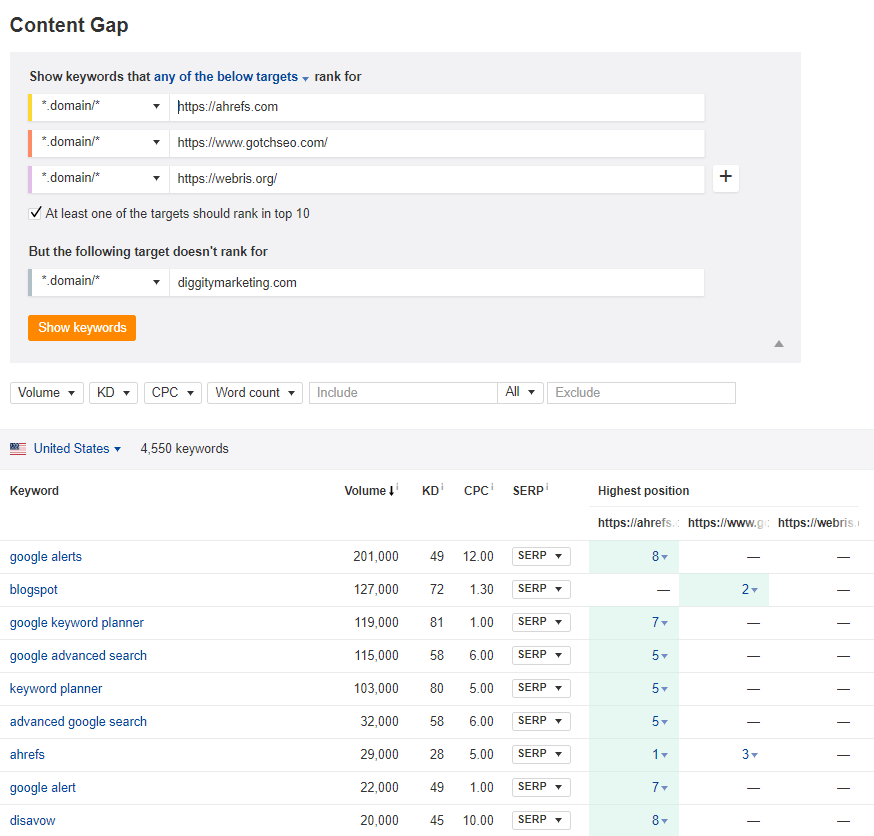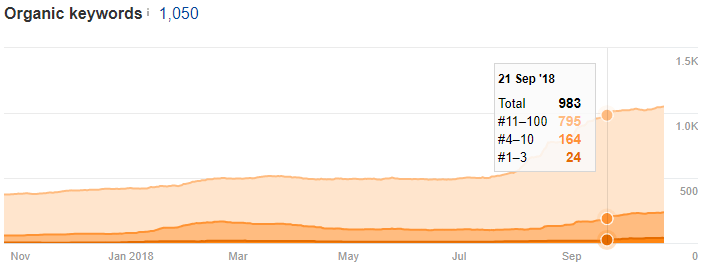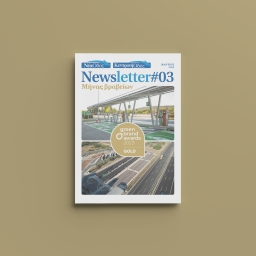Social Media Tips for 2018: Twitter Tips
Step 1) A new process for creating supporting content
This is the process I go through to create supporting content that actually moves the needle and helps boost its parent money page(s) in the serps.
![]() 1) KW research
1) KW research
Pretty straightforward, I use Ahrefs to pull all ranking keywords from my competitors (top 3), then filter the list in excel to find the low comp, decent volume gems.
This isn’t very hard if you focus on informational keywords rather than commercial ones.
Try their “content gap” feature. It really speeds things up.
2) Content
Write the content or outsource it.
For supporting content, I usually don’t check competition on their content length, I just go with a minimum of 1000 words.
Build the content around the topic, letting the keywords integrate naturally.
As for on-site SEO for these pages, just make sure you’ve got a decent keyword rich meta-title, an intriguing meta-description so you can get a good CTR when you do hit that top 5, and use all the basics like H2/3s, don’t over-optimize, images, alt-tags, etc (check Diggity’s on-page SEO guide).
As for the URL, most of my supporting content pages are children of the money pages (root.com/moneypage/supportingcontent).
3) Interlinking
Obviously, link to your parent money page using whatever anchor you want (I’m fairly aggressive with internal anchors), and then interlink between other supporting pages, while staying in your topical island for whatever you’re trying to rank your money page.
4) Links
Building links (I use guest posts) to these supporting content pages is, for me anyway, the secret sauce.
While it might seem very obvious, the difference between supporting content with no links, and content with even a single link, is like day and night.
I can’t stress this enough, w/o links, supporting content is almost useless imho.
Add a single link, and suddenly you’ll be seeing boosts in the ranks of the content itself, the money page it links to, and whatever other content the page links to… it’s insane the difference a single link makes.
As for anchors, the vast majority are branded/generic.
The Numbers: Content + Links Built
- 16 supporting pages
- 43 guest posts (majority from Authority Builders)
- 80% to supporting pages
- 20% to money pages.
- 5 PBNs: 3 to one money page, 2 to the other.
Step 2: The Featured Snippets Takeover
During the above process, I started testing featured snippets across four other pages that were already ranking very well (in the same niche), incrementally making adjustments to get the max amount of snippets…
So that when those 2 money pages did hit the top 10 (and stayed for once), I could grab as many snippets as possible and start getting the money back I spent on all the content, guest posts and PBNs.
The snippets in my niche are all based on lists, so no tables or simple bullet points. We’re talking full-on lists with each item having a title (H3) and a few paragraphs of content.
Things I learned from split-testing featured snippets over two months:
1) Testing snippets is super easy:
When you make any on-page changes, in the majority of cases, you can check if you got the snippet the moment Google re-indexes that page (I mainly used GSC’s fetch and render to do this).
This makes the process of refining the strategy super quick.
That being said, Google updates can undo this at any point, I’ve lost and gained a lot of snippets during the massive turbulence over the past few months, but I always maintain a healthy amount of them.
2) Stats and data points outweigh the number of list items:
It doesn’t matter how many list items you add.
Even if your competition has less than half the amount of list items, if they have the upper hand on quoting stats, figures, facts, per item… they will win the snippet.
I found this out the hard way after adding 4000 words of list content and not getting anywhere…
But then I started adding product specifications in a clear pattern for every list item, suddenly I got the snippet (even after I cut the number of items down again).
3) Add subsections to your list items:
The list title itself is an H2, the list items have H3s as title, and for an extra step, you can add H4 subsections within those list items that expand on specific features or product specifications.
I’ve seen a definite positive movement from doing this.
4) Stick to a pattern:
This means that if you mention product specifications, or talk about specific features in your list items, make sure those are then in every list item, in the same order.
Make an obvious and easily digestible pattern.
5) Add imagery for every list item:
This isn’t something I tested, but I do this by default, you might consider doing the same… but again, I did not actually test this.
The Results
The supporting content strategy boosted every page in that topical island on the domain, and most importantly, boosted my 2 money pages into the top 10, with most primary kws having stable positions from #5 to #8. Using what I learned from testing the snippets, I managed to get the featured snippets for most high comp kws, even though sometimes I’m only like on position 8 for the keyword.
Once I started seeing more $$$ coming in from having those snippets, I re-invested it back into those money pages, which at the time of writing have multiple high-comp kws in the top 5, as well as having those snippets.
A brief note about the August update: I added the semi-final version of the featured snippets to these 2 pages around the end of July, and then the August update hit. This update actually boosted my ranks a lot across multiple projects, so that was a nice bonus!
Now for the numbers, stats, & monies
SerpRobot AVG position: A very nice increase over time, tracking 102 kws.
Ahrefs # of organic keywords: Also some decent growth thanks to the supporting content lifting the entire topical island on the domain.
$$$ generated from the 2 targeted money pages:
May: $1820
June: $1540
July: $1400 <- end of July is where I added the featured snippet structure.
Aug: $4480
Sep: $4640
So yeah, that’s about it.
It’s a fun way to try grab easy-ish ranks and $$$ if you’re stuck in a niche with a lot of featured snippets!
- Use the Site Size Explosion technique: to grow the amount of topical content and link to it.
- Once you’re in snippet stealing position, take them.
If anyone comes up with a cool name for this combo strategy, let me know in the comments below.



















